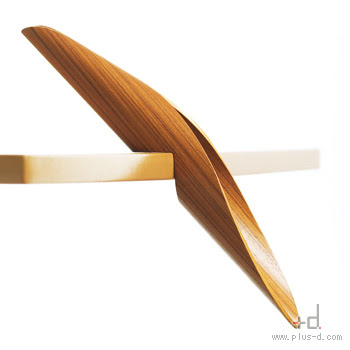The High Line is an elevated viaduct built freight railroads in the 30 west of downtown Manhattan in New York. Probably the most interesting part of this infrastructure was being incorporated into the urban fabric, adapting to the existing densification as a means of transport par excellence of industrial development west of Manhattan.


was in operation until the 80's and then sold to underground city where as previous decades, this once again fall into disuse result of high maintenance costs, not to mention the noise and structural problems generated in adjacent buildings.
The high road was long a place not within the city but also an important social symbol of the inhabitants of the West Side of Manhattan. artists like Joel Sternfeld among others, were able to assess this peculiar space within the city.
Thanks to the community organization Friends of the High Line was prevented its demolition to make it a project of urban renewal with the announcement of a design competition in 2004. The winning proposal was the Field Operations / Diller Scofidio and Renfro to other proposals of Steven Holl and Zaha Hadid pervasive.

the winning image
The proposed recovery transforms this elevated section of railway line along 2.5 kilometers, in a large urban park. To this end retaining metal bracket and the rails, a platform is designed green where open roads, boardwalks, rest areas, restaurants, exhibition and small businesses. The play is based on recreating the ancient links and railways, with large flower gardens and more focused short breaks.



project virtual images
Well that infrastructure that has survived as a skeleton still where grass grew at the expense of real estate madness around him, is now a park in the heights, that one called "green carpet" to "fly" the streets of Chelsea.
Inauguration 
is undoubtedly another great example of recovery of obsolete infrastructure, where the green power on behalf of public spaces for citizens.
 Photo Iwan Baan
Photo Iwan Baan 

